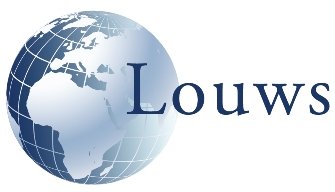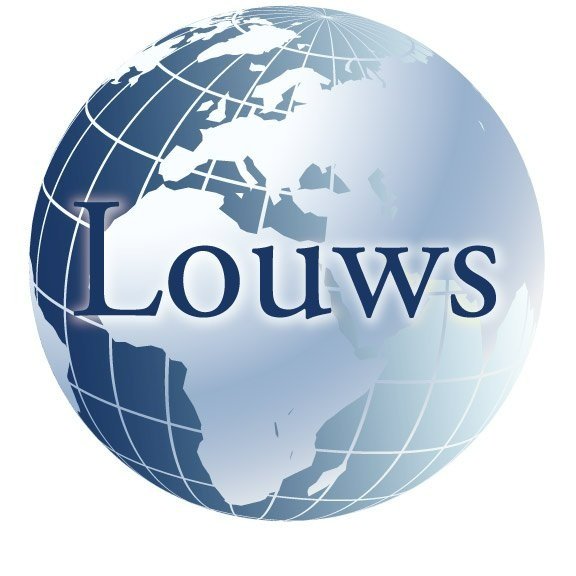Getting clients to love your creative ideas
Ask any creative person in an agency. “What’s the most difficult part of your job?”
Two common responses:
Selling work to non-creative marketing folks. Getting them to see “outside their box”.
Keeping the work sold without the inevitable Frankensteining as it goes up through the ranks.
The biggest fallacy
A good idea sells itself. Hogwash!
Possibly rooted in the build it and they will come mentality of the tycoons in the 50’s era of Vegas.
Accurately stated it would state: “A good idea sells itself to the intended audience when they are in the right environment, engaged in the right channel, with the right mindset”.
However, is this ever true when presenting ideas to a client?
You’re in a conference room or on the phone or Zoom call discussing the advertising’s merits with a 26-year-old Brand Manager, Joe of P&G’s feminine hygiene group, who’s never used a tampon, let alone does he have any awareness of the potential TSS implications.
Forging ahead, HR has had their creatives trained on presentation skills and yet still they consistently fail to convince clients to run with their creative group’s work as originally intended.
Why?
Selling creative ideas goes way beyond eye contact, voice modulation, pacing, outlining and stage fright, the typical subject matter of presentation skills training.
The missing piece of the puzzle - the WHY
Focus has been squarely placed on WHAT the creative message is saying and HOW it is doing it (the execution).
In presenting TV spots, running the client through what and how the spot will play out. In print, what the copy says and how it ties into the overall strategy. In digital, the sequence of when messaging will emerge and where it will be imbedded.
Not on WHY each of these is doing it brilliantly in a way that will convince customers to buy.
Solution #1: Recognize you have 2 sells. The first is to sell the client (who may not be their own customer) and second is selling the actual customer.
Think why the most common tool in selling a car is a test drive. Enabling ownership through personal experience.
We have all heard clients say, “I’ll know it when I see it”.
Translated, this is what the client is really saying: “When I see that which I am already familiar, which I have not yet seen, then I will know it’s right”.
So, get the client to see the work not from your or the intended customer’s point of view, but from their own.
Use a rational reason for WHY the creative will cause their customer to respond as intended. Making sure this reason is one the client can relate to. The better you know your client, the easier this is done.
I know it sounds somewhat counter-intuitive, however, selling the logic of the idea behind the work will make the creative seem that much more rational and understandable.
In essence – it’s using the sales strategy of Relatability. If I can relate, it must be true.
We’ve identified a set of 7 “apply tomorrow” practical techniques that skillfully convince a client that the idea (the WHY) is in fact part of their own mental framework and thus personally relevant.
One of the most observably powerful successful techniques is the use of a live demonstration.
In the case of Hill Holiday in LA presenting to Lexus, the presenter reached over to the President of Toyota, extended his hand, and said, “Good afternoon Mr. Toyoda”.
As Mr. Toyoda reciprocated (unusual for the Japanese culture to shake hands) the presenter, holding Mr. Toyoda’s hand firmly in both of his asked of the audience, “What did I have to do to get Mr. Toyoda to reach out to me and shake my hand?”.
The point? Toyota, to be successful in a crowded premium market, would need to be actively proactive in its marketing, reaching out to their competitors’ customers if they were to expect these customers to reach out to Toyota products.
Sidebar: This was not the original strategy of the company’s marketing team. It was along the more conservative and culturally relevant line of “if we make it, they will come”. (perfect for the Japanese market, not American)
Solution #2: Once you’ve accomplished solution #1 above, put the client into the shoes of their customer, allowing them to experience the creative messaging as would their customer.
This author spent close to 2 years on a global tour sponsored by Mr. Norm Muse, former Creative Director of Leo Burnett, discovering how some of the world’s greatest creative directors did it for both live and remote presentations, independent of the type of creative being presented.
One of the most frequently employed was to have a live - or reasonable facsimile - of the client’s customer present during the presentation, showing how the creative touched a poignant motivation of the customer.
This has been seen done in a variety of different ways. From having live customers present in person, video or linked in, clips from focus groups, pictures of the customer decorated with quote bubbles, to showing a day in the life of representation of customers.
A memorable example of this was from a student of ours, a senior Creative Director on the McDonald’s account at Arnold in Boston who attested: “for the first time in our history with the account, we sold the spot first time out, via a video (not even in person) during a 15” break the client had while he was attending an offsite conference”.
In Sum:
Sell the Why not the What,
Sell the Why with a rational reason proving it works, one that the client (or buyer of your idea) can relate to,
Look for tools that help you bring the client’s customers’ motivations for buying to life, that tie back to your creative idea.
Source: Over 4 decades of learning from and teaching the creative personnel at some 500+ marketing agencies and working with their clients, teaching them how to evaluate creative work.
Next Month: Story Telling. The 8 ingredients to telling a story in a world of pithy Twitter type communications.


